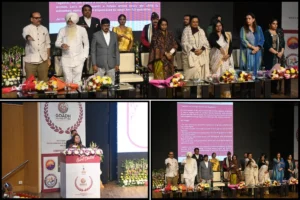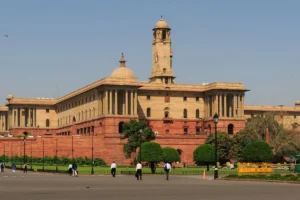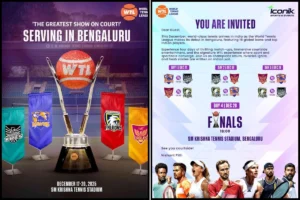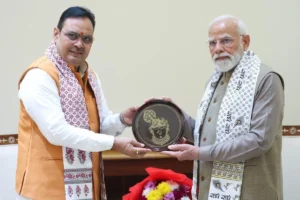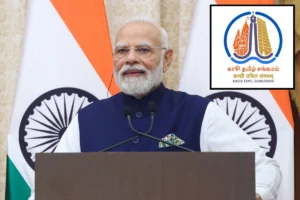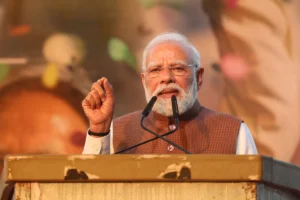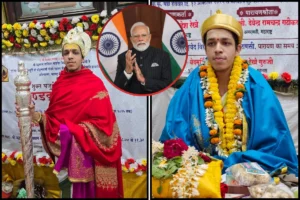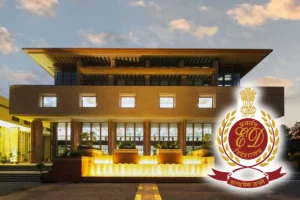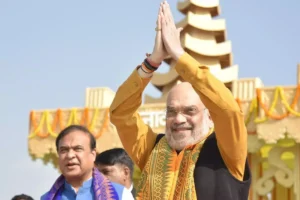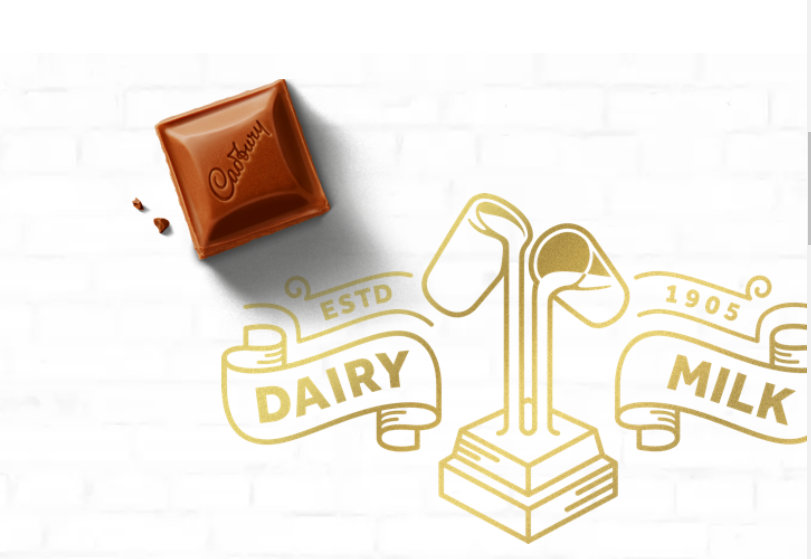
Cadbury Buisness
“Cadbury” advertising campaign that was released right before Diwali last year, the communications firm Ogilvy India received many London International Awards this week.
Yes, the advertisement included a well-known Indian actor, but practically all significant advertising campaigns do that. I believe there was another factor at play in its success.
At its foundation, the campaign sought to leverage a simple universal emotion, care.
It asked you to care about your neighbourhood retailer. That ubiquitous local grocery store that’s been with you through thick and thin. And it did so with a great deal of personalisation. The ads were customised based on the viewers’ pincodes, featuring local stores in their respective localities.
The ads didn’t just use staid old platitudes to evoke emotion either; there was a larger purpose—building a strong local community. Step out, say hi to your local shopkeeper, maybe buy something while coming back—maybe something sweet (hint, hint).
There is also another, deeper layer to this advertisement, but it is not immediately evident. Yes, it doesn’t overtly try to link the narrative to its own business purpose. But it does do that subtly.
Cadbury Business

Mondelez wants to grow its business in India to US$2 billion by 2030 from about US$1.2 billion. Its chocolates contribute about 72% of its revenue, and along with its other products, reach over three million outlets in the country. And now, Mondelez plans to double the number of outlets it sells at.
In a recent media interaction, Mondelez International Chairman and Chief Executive Officer Dirk Van de Put explained why it needs local retailers:
The Indian landscape is different from a retail point of view, where it is overwhelmingly dominated by the traditional mom-and-pop stores or kirana as they are more popularly known. For Mondelez, he said, 80 per cent of its sales is done through this, while 17 per cent from modern trade and a much smaller 3 per cent through digital. There are 3 million traditional stores that Mondelez reaches out and Van de Put said the company wants to double that number.
So, nice powerful social purpose—check. Subtle but effective business purpose—check.
Cadbury, Sweet and Strong

How well Cadbury’s ads are crafted, and have been crafted, for all these years has a lot to do with how well the brand itself has performed. According to Mondelez International, it has a 65% market share in India’s chocolate segment. And it’s been a dominant player for a large chunk of the over 70 years it’s been around.
In its initial years, it relied heavily on print advertising. In the 80s, it started conducting television campaigns, with the ‘Sometimes, Cadbury’s can say it better than words’ ads. Which captured little moments of family togetherness. But in 1994, it had a milestone moment with what became one of India’s most iconic advertisements. A girl dancing in the middle of a cricket field, eating a Cadbury chocolate, celebrating the success of both her team and a loved one.
Over the next three decades, Mondelez has continued to tell such simple universal stories in its advertisements. And its ads have evolved with the market, as brand purpose becomes an increasingly important differentiator.
Also Read: US Inflation Slowed Sharply
Cadbury Diwali Advertisement

Which brings us to the campaign Cadbury launched for this year’s Diwali—an advertisement asking its audiences to go beyond local retailers and empower street hawkers. The ad has gone viral, with about 29 million views already.
Just like last year’s ad, this isn’t just another run-of-the-mill production.
Cadbury does these things so well that its ads have been broken apart and studied, and analysts find layer-upon-layer of emotional appeal in its campaigns.
Kamaljeet Singh, co-founder of chef aggregator FreshPlate. For instance, recently wrote about how Cadbury’s 1994 advertisement positions chocolate as a product that isn’t meant exclusively for kids. That bar of chocolate can offer the space and time for adults to indulge their playful inner child too.
Chocolates are not part of our Indian food culture, so when Cadbury’s entered India the task was to ensure that the category is adopted, recalled Piyush Pandey, executive chairman and creative director, Ogilvy South Asia. Ogilvy is the only ad agency that has worked on Cadbury’s advertising in India.
Some of the campaign taglines used over the years:
Kya swaad hai zindagi mein (Life is tasteful). Kuch accha ho jaaye, kuch meetha ho jaaye (Let’s have something good, something sweet). Asli swad zindagi ka (The real taste of life)
To read more such news, download Bharat Express news apps









